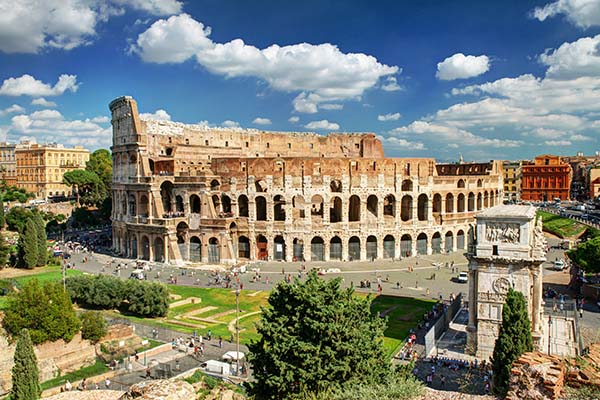Rome, Italy is more than just a destination; it’s an immersive journey through thousands of years of human civilization. Known as The Eternal City, Rome is where ancient ruins stand alongside vibrant neighborhoods, and where world-renowned art, deep spirituality, and bold flavors create a one-of-a-kind atmosphere. Whether you’re fascinated by Roman history, moved by religious landmarks, or simply craving authentic Italian cuisine, Rome delivers on every level.
As one of the most visited cities in Europe, Rome offers something for every kind of traveler. You can explore the vast remains of the Roman Empire, stand in awe beneath the Sistine Chapel, relax in sun-drenched piazzas, or savor handmade pasta in a local trattoria. This Rome, Italy travel guide will walk you through the city’s most iconic attractions, local dishes, travel tips, and cultural experiences—ensuring you make the most of your time in Italy’s capital.
Why Visit Rome?
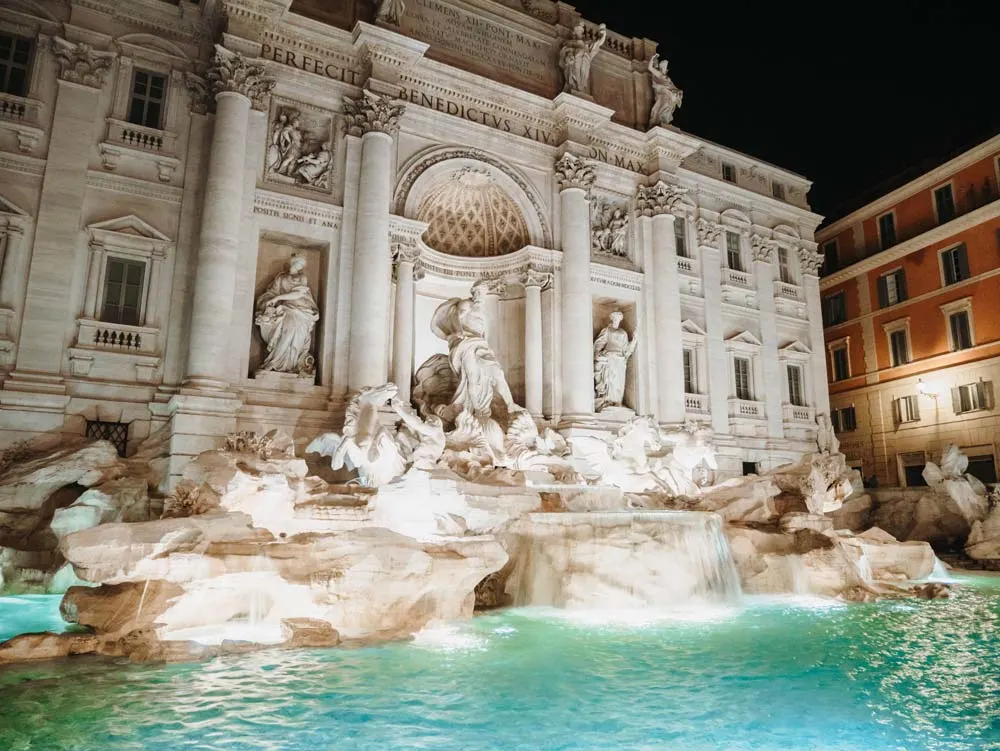
Rome is a city where the past and present exist side by side. The city’s history spans over 2,500 years, and remnants of its rich past are visible at nearly every corner. From imperial forums and aqueducts to Renaissance churches and baroque fountains, Rome is essentially an open-air museum. Walking through its streets is like flipping through the pages of a living history book.
But Rome isn’t just about monuments. It’s a city of energy and contrasts. The buzz of Vespas mixes with the melodic flow of the Italian language. Street performers entertain at piazzas while artists sketch the scenery. High-end fashion stores stand next to traditional bakeries. Locals gather over coffee, and tourists marvel at iconic landmarks like the Pantheon or Trevi Fountain.
In addition to its architecture and atmosphere, Rome offers rich cultural experiences, religious significance, and some of the world’s best food. Whether you’re in the mood for ancient history or a creamy scoop of gelato, there’s always a reason to visit Rome.
The Colosseum: Rome’s Most Iconic Landmark
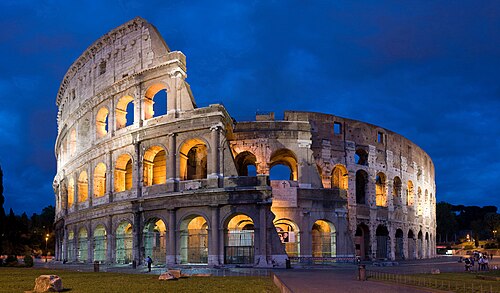
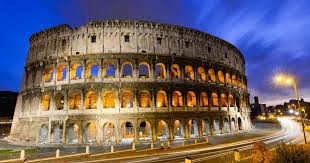
No trip to Rome is complete without a visit to the Colosseum. As the largest amphitheater ever built, the Colosseum is a powerful reminder of Rome’s imperial grandeur. Constructed in 70–80 AD under Emperor Vespasian and completed by his son Titus, it could hold up to 50,000 spectators. The Colosseum hosted gladiatorial games, animal hunts, and even mock sea battles, making it one of the most impressive engineering feats of the ancient world.
Visitors can walk through its massive arches and corridors, explore the underground chambers where animals and gladiators were kept, and even stand on the reconstructed arena floor. A guided tour helps bring the site to life by explaining its history, architecture, and the lives of those who once filled its seats.
Combo tickets include entrance to the Roman Forum and Palatine Hill, making it easy to explore all three in one day. For the best experience, visit early in the morning or close to sunset to avoid large crowds and enjoy the golden Roman light.
Vatican City: A Treasure Trove of Art and Faith
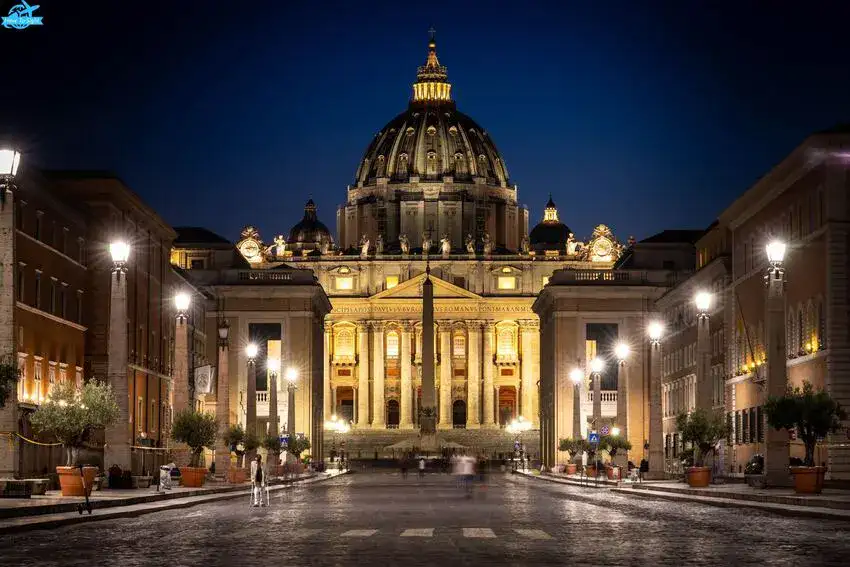
Vatican City may be the smallest country in the world, but it holds some of the most significant religious and artistic landmarks. As the headquarters of the Roman Catholic Church and the residence of the Pope, Vatican City is sacred to millions. But even non-religious visitors are drawn here for its awe-inspiring architecture, world-class art, and historical relevance.
St. Peter’s Basilica is the centerpiece of Vatican City. Its impressive dome, designed by Michelangelo, offers panoramic views of Rome. Inside, you’ll find magnificent altars, sculptures, and the tomb of St. Peter himself. Adjacent to the basilica are the Vatican Museums, a vast collection of over 70,000 works of art including paintings, sculptures, and religious relics.
The highlight of the museums is the Sistine Chapel, where Michelangelo’s ceiling and The Last Judgment will leave you speechless. Due to high demand, it’s highly recommended to book skip-the-line tickets or early-access guided tours. Dress modestly, as Vatican sites have strict entry rules regarding attire.
Roman Forum and Palatine Hill: Where Ancient Rome Was Born
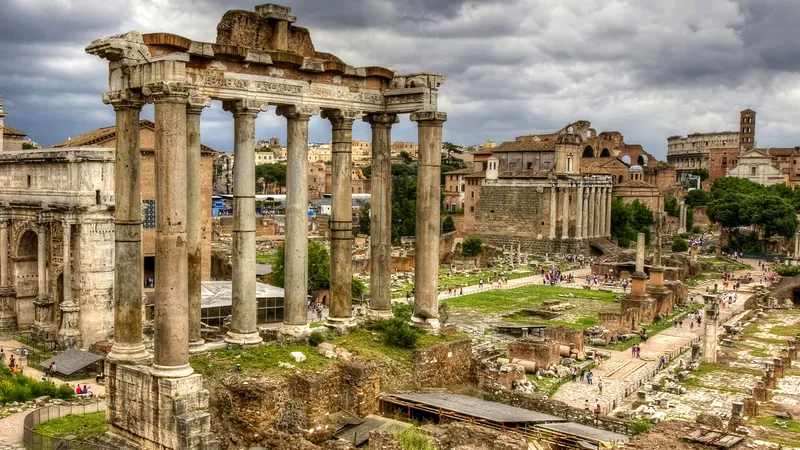
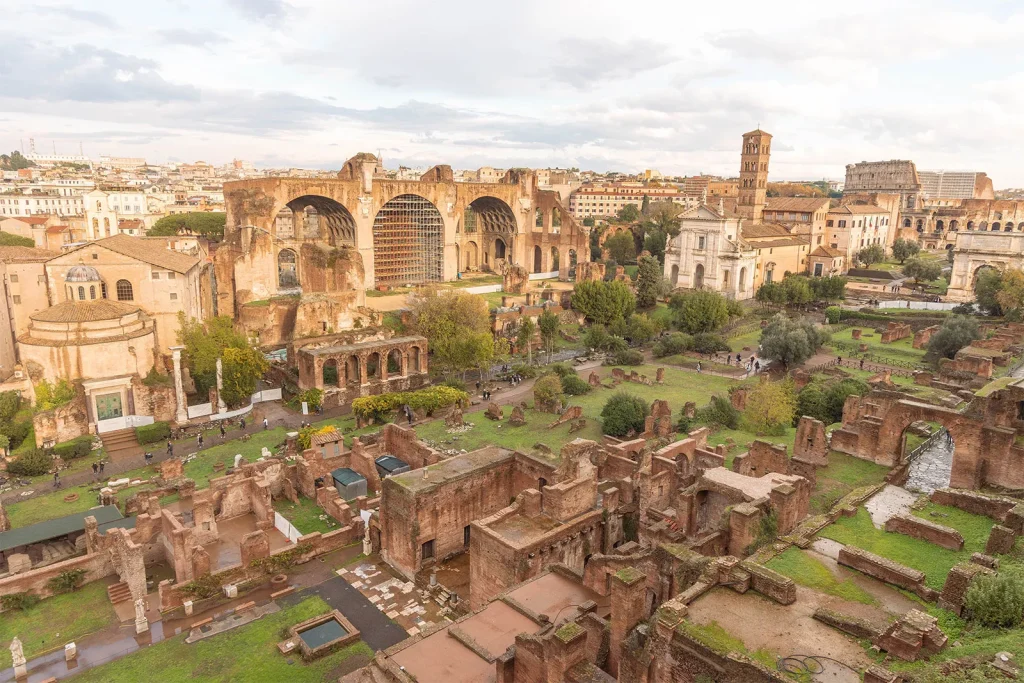
Just a short walk from the Colosseum lies the Roman Forum, the political, religious, and commercial center of ancient Rome. This sprawling site was once filled with temples, basilicas, markets, and public meeting spaces. Walking through its ruins offers a glimpse into daily life during the height of the Roman Empire.
You’ll encounter notable landmarks such as the Temple of Saturn, the Arch of Septimius Severus, and the Rostra, where politicians like Julius Caesar once spoke. It’s a place to imagine the hustle and bustle of Roman citizens going about their business thousands of years ago.
Rising above the Forum is Palatine Hill, where legend says Romulus founded Rome in 753 BC. Later, emperors built palaces here, including the House of Augustus. Today, visitors can stroll through gardens, ancient staircases, and palace ruins while enjoying sweeping views of the Forum, Colosseum, and Circus Maximus.
Allocate a few hours to explore this area, and consider using a tour guide or audio guide to better understand the rich stories hidden in these ancient stones.
Trevi Fountain and Spanish Steps: The Heart of Romantic Rome
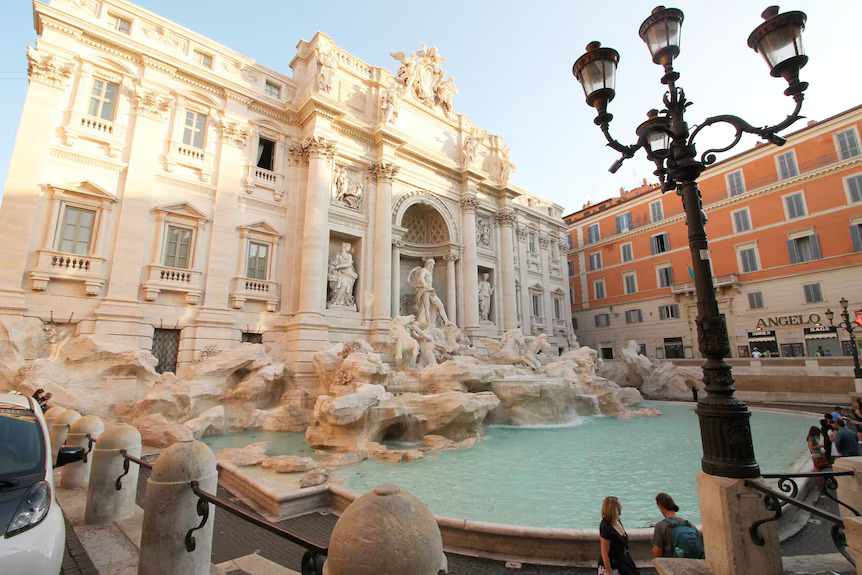
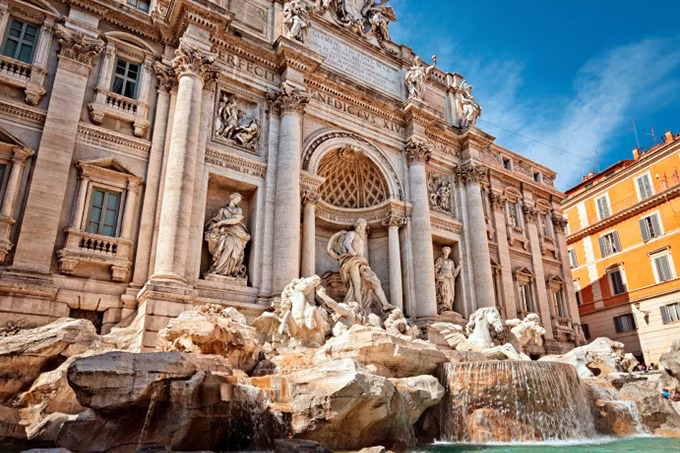
For many travelers, the Trevi Fountain and Spanish Steps represent the romantic and cinematic side of Rome. These landmarks offer more than just photo opportunities—they reflect the city’s artistry, tradition, and daily life.
The Trevi Fountain is one of the most beautiful fountains in the world. Completed in 1762, it features a stunning sculpture of Oceanus, flanked by tritons and sea horses. According to legend, tossing a coin over your left shoulder into the fountain ensures a return to Rome. Each day, around €3,000 is collected and donated to charity.
Just a 10-minute walk away are the Spanish Steps, a grand staircase of 135 steps connecting Piazza di Spagna with the Trinità dei Monti church. Built in the 18th century, the steps are a favorite gathering place for both locals and tourists. Nearby streets offer excellent shopping, cafes, and high-end fashion stores.
Try to visit early in the morning or late at night when crowds are smaller, and the atmosphere is more peaceful.
Food in Rome: A Feast for the Senses

One of the greatest joys of visiting Rome is indulging in its food. Roman cuisine is rooted in tradition and simplicity, using fresh ingredients to deliver bold flavors. Each meal tells a story of generations-old recipes and local customs.
Start your culinary adventure with carbonara, a pasta dish made with egg, pecorino cheese, black pepper, and cured pork (guanciale). Another staple is cacio e pepe, a minimalist dish relying on just cheese and pepper for flavor. Amatriciana, made with tomatoes and pecorino, is another local favorite.
Appetizers like supplì (fried rice balls with mozzarella) and bruschetta are must-tries, while desserts such as tiramisu and gelato end the meal on a sweet note. For breakfast, Italians typically enjoy a cappuccino and cornetto (Italian croissant) at a local café.
The best neighborhoods for food are Trastevere, known for its charming trattorias, and Testaccio, home to the city’s culinary roots. Don’t forget to explore local markets like Campo de’ Fiori for fresh produce and handmade cheeses.
Conclusion: Experience the Eternal City
Rome is more than a destination; it’s a feeling that stays with you long after your visit ends. From the ancient ruins of the Colosseum to the sacred halls of the Vatican, from romantic fountains to unforgettable meals, every corner of the city has a story to tell. Rome invites you to slow down, take it all in, and become part of its timeless rhythm.
Whether it’s your first visit or your fifth, the Eternal City always offers something new to discover. Let this Rome, Italy travel guide help you plan a journey filled with history, culture, and culinary delight. Because in Rome, every moment becomes a memory, and every step leads you deeper into the heart of one of the world’s greatest cities.

